With the increasing overlap between Data Science, Machine Learning, and Artificial Intelligence, misconceptions about their relationships are common. Interacting with data professionals, I often see a lack of clarity about these terms, which are frequently used interchangeably. In this post, I’ll clarify their differences, relationships, and explain how they fit together in the tech landscape.
Data Science:
To start, let’s delve into what Science truly means. By the book, Science is the systematic exploration of the natural world through observation, experimentation, and evidence-based reasoning. Its goal is to develop testable explanations and predictions about phenomena.
So, what is Data Science? Think of it as a systematic exploration of data, employing similar principles—observation, experimentation, and evidence-based reasoning—to generate testable insights and predictions. Here’s what it involves:
- Observation: Gathering and analyzing data.
- Experimentation: Testing hypotheses and validating findings.
- Evidence-Based Reasoning: Using data to make informed decisions and predictions.
In essence, Data Science uses various techniques to extract valuable insights from data, enabling organizations to make smart, data-driven decisions and predict future trends.
Machine Learning:
The term “Machine Learning” was coined by Arthur Samuel in 1959. He defined it as “a field of study that enables computers to learn without being explicitly programmed”. But what provides the input for this learning? The answer is data.
We feed historical data to computers so they can learn, understand, and make predictions or decisions based on those predictions. While developing algorithms and mathematical models is a crucial aspect of Machine Learning, data remains the primary ingredient. If your data is flawed or subpar, your predictions will be flawed as well, no matter how sophisticated your algorithm may be. Therefore, analyzing and understanding data patterns and trends is essential before allowing machines to learn from them.
Artificial Intelligence:
AI, or Artificial Intelligence, is a field of computer science focused on creating systems and machines that can perform tasks requiring human-like intelligence. It goes beyond mere learning; it’s about developing machines that can think and act like humans, such as robots.
Data is fundamental to AI, providing the foundation for building and refining these intelligent systems. Therefore, understanding data trends and patterns is a crucial part of AI, ensuring these systems function effectively.
So, how do these fields connect?
- Data Science is the backbone of AI, providing the data insights needed for intelligent systems.
- Machine Learning acts as a bridge between Data Science and AI, integrating their principles to create smart, data-driven technologies.
In essence, Machine Learning is a subset of both Data Science and AI. It merges their principles to develop intelligent systems and data-driven technologies. Below is a simple illustration to visualize this concept:
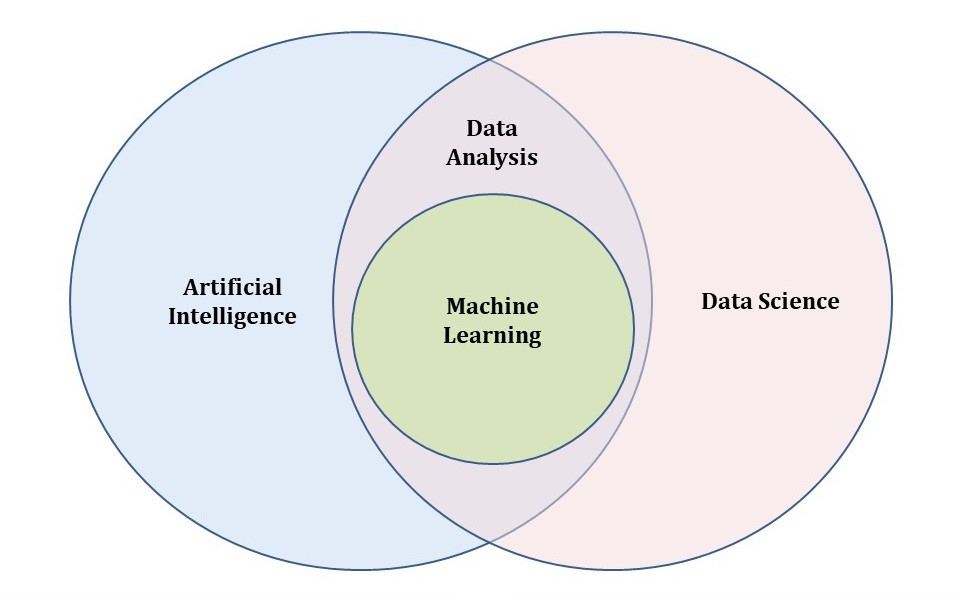
Author
-

As the leader of Data Science Initiatives at Brillersys, he brings over 12 years of expertise in designing and deploying data-intensive applications and machine learning models. He focuses on solving complex business challenges and enhancing data-driven decision-making across various industries and domains.
View all posts Lead Data Scientist | Machine Learning Engineer


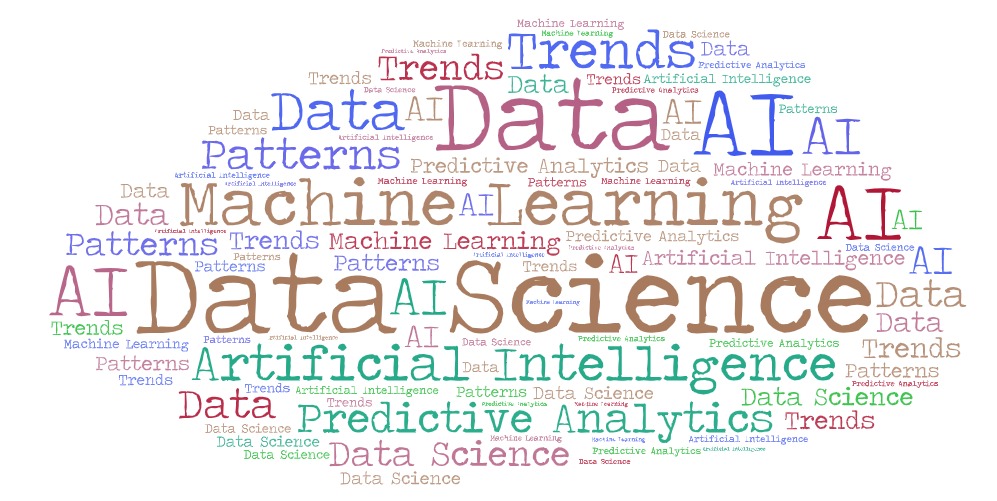
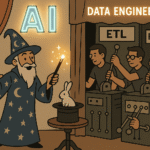


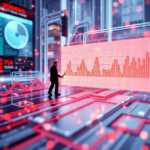
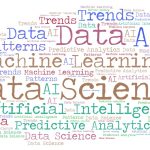
Leave a Reply